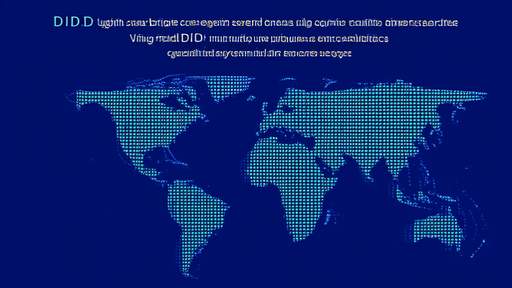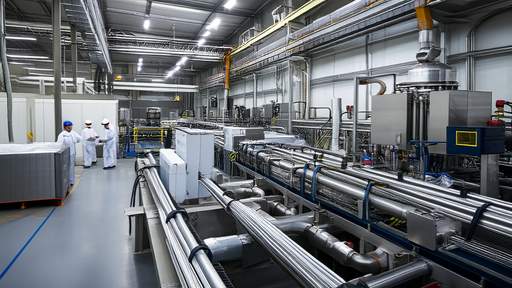The field of synthetic biology has emerged as one of the most transformative scientific disciplines of the 21st century, promising breakthroughs in medicine, agriculture, and industrial biotechnology. However, as the technology advances, a growing concern looms over the intellectual property landscape: the so-called "patent thicket" or "patent jungle". This phenomenon, where overlapping and densely interwoven patent claims create barriers to innovation, threatens to stifle progress in synthetic biology rather than foster it.
At its core, synthetic biology involves the design and construction of new biological parts, devices, and systems, often by repurposing existing genetic material. The modular nature of the field means that even small innovations can involve multiple pre-existing patented components. Researchers and companies navigating this space must contend with a labyrinth of intellectual property rights, where a single project might require licenses from dozens—or even hundreds—of patent holders. The complexity is further compounded by the fact that many foundational techniques and genetic sequences are patented, creating a web of legal constraints that can be nearly impossible to untangle.
The origins of this predicament can be traced back to the early days of biotechnology, when broad patents were granted for fundamental tools like PCR (polymerase chain reaction) and CRISPR-Cas9 gene editing. While these patents initially spurred investment and innovation, they also set a precedent for aggressive intellectual property claims in synthetic biology. Today, the situation has reached a critical point, where the sheer volume of overlapping patents makes it difficult for even well-funded entities to operate without risking litigation. Startups, academic researchers, and smaller firms are particularly vulnerable, as they often lack the resources to navigate or challenge the patent landscape.
One of the most contentious aspects of the synthetic biology patent thicket is the prevalence of broad and vague claims. Many patents cover not just specific inventions but entire categories of potential applications, effectively granting holders monopolies over vast swaths of the field. For example, a patent on a particular gene-editing technique might be worded so broadly that it encompasses future innovations that were not even conceivable at the time of filing. This creates a chilling effect, where researchers avoid certain lines of inquiry altogether for fear of infringing on existing patents.
Efforts to address the patent jungle have so far been piecemeal. Some advocate for reforms to patent law, such as stricter requirements for novelty and non-obviousness, to prevent overly broad claims. Others propose the creation of patent pools, where multiple holders agree to license their technologies collectively under standardized terms. While these solutions hold promise, none have yet gained sufficient traction to meaningfully alter the landscape. Meanwhile, the pace of innovation in synthetic biology continues to accelerate, exacerbating the problem as new patents are filed at an unprecedented rate.
The stakes are high. If left unresolved, the patent thicket could slow or even derail critical advancements in synthetic biology, from sustainable biofuels to next-generation therapeutics. The challenge lies in striking a balance between protecting intellectual property to incentivize innovation and ensuring that the field remains accessible to those who can push it forward. For now, the synthetic biology community remains caught in a paradox: a field built on the promise of open-ended creativity is increasingly constrained by the very system meant to protect it.
Beyond the legal and economic implications, the patent jungle raises deeper questions about the ownership of biological systems. Unlike traditional inventions, synthetic biology often involves manipulating life itself—a realm where the lines between discovery and invention blur. Should a company that slightly modifies a naturally occurring gene sequence have exclusive rights to all applications of that sequence? As the field progresses, these ethical and philosophical dilemmas will only become more pressing, adding another layer of complexity to an already fraught situation.
Looking ahead, the resolution of the synthetic biology patent thicket will require collaboration across academia, industry, and government. Transparent licensing frameworks, clearer patent guidelines, and perhaps even new models of intellectual property tailored to biological innovation will be essential. Until then, the promise of synthetic biology—to redesign life for the benefit of humanity—will remain hindered by the very system designed to protect its ingenuity.

By /Jun 3, 2025

By /Jun 3, 2025

By /Jun 3, 2025

By /Jun 3, 2025

By /Jun 3, 2025

By /Jun 3, 2025

By /Jun 3, 2025

By /Jun 3, 2025

By /Jun 3, 2025

By /Jun 3, 2025

By /Jun 3, 2025

By /Jun 3, 2025

By /Jun 3, 2025

By /Jun 3, 2025

By /Jun 3, 2025

By /Jun 3, 2025

By /Jun 3, 2025

By /Jun 3, 2025

By /Jun 3, 2025

By /Jun 3, 2025